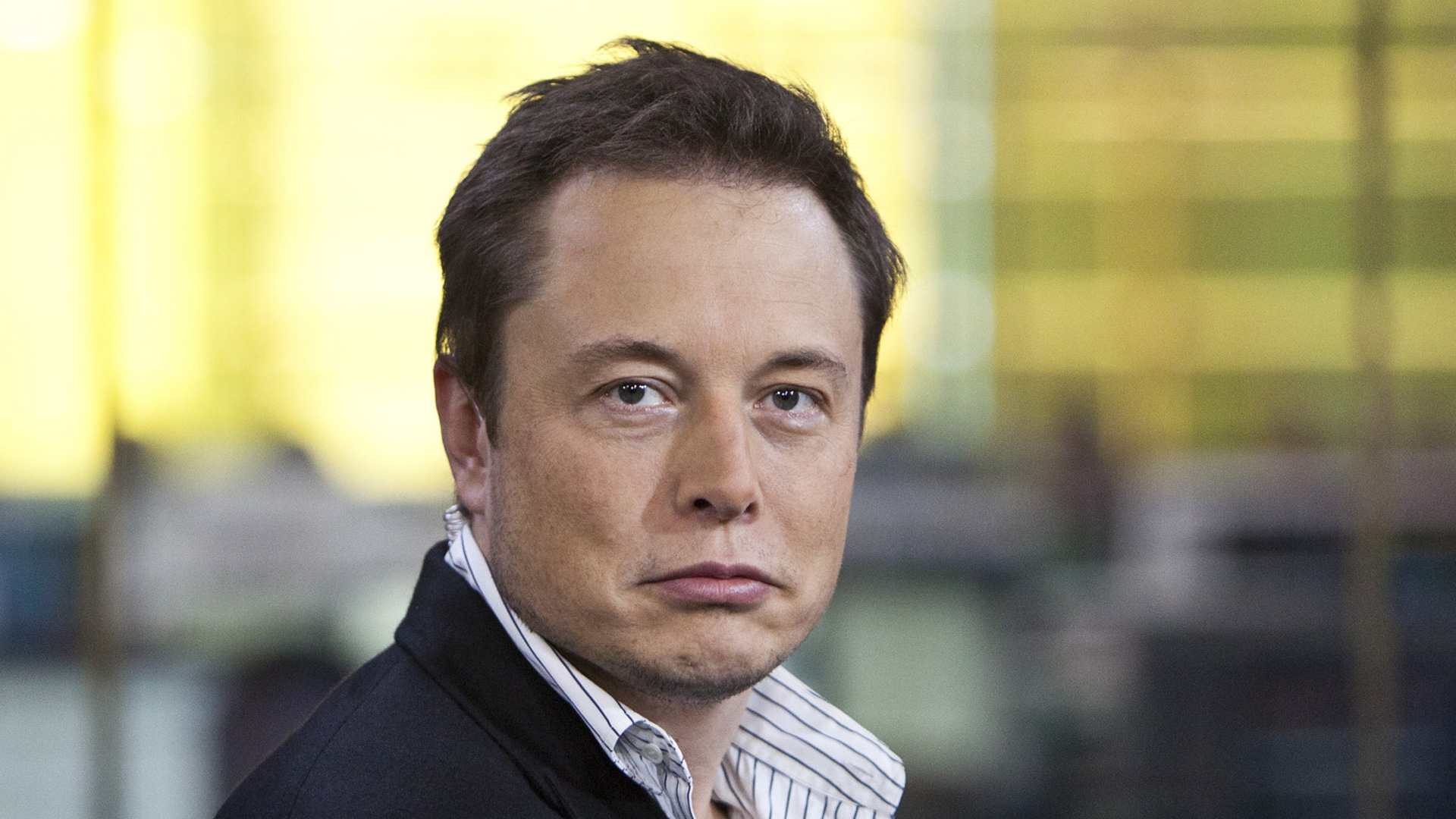

Porsche finally revealed the 2020 Taycan on Wednesday and it also declared that the fastest model of the Taycan lineup would be suffixed “Turbo S,” which quickly prompted an online controversy around the automaker’s use of the word “turbo.” One camp argues that the term fits into Porsche’s existing lineup structure, and adequately conveys the idea that this car is the fast one, while the opposition thinks the abbreviation for “turbocharger” shouldn’t be used to describe a car that doesn’t have a combustion engine, much less one without—well—a turbocharger.
One of those online warriors includes Tesla CEO Elon Musk, who on Thursday afternoon took to Twitter to throw shade Porsche’s way over its choice of words.
Twitter users, however, immediately reminded Musk of his own and Tesla’s lax attitude toward dictionary definitions. They pointed out that Tesla uses “Supercharger” to describe high-wattage DC charge stations rather than belt-driven air compressors that increase the power density of combustion engines. And also that Musk’s proclamation of “funding secured” didn’t survive a round of fact-checking by the Securities and Exchange Commission.
Most prominent among Musk’s critics was automotive news site Jalopnik, which questioned whether Musk understood the term “autopilot,” in reference to Tesla’s system of driving assists under the same name. Despite multiple Tesla owners suffering fatal crashes due to Autopilot being confused if not conflated for more capable, near-autonomous driving systems (complicated by Musk’s televised, nonchalant misuse of the system), Musk has on multiple occasions glossed over Autopilot’s misuse.
Musk posted a condescending response to Jalopnik that called the publication “not sharpest tool in shed,” and linked to the Wikipedia page on autopilot. This page, however, pertains exclusively to aerospace, and describes autopilot as a system that maintains an aircraft’s course “without constant ‘hands-on’ control by an operator.” This page has, on at least one occasion since Musk’s tweet, been vandalized to describe autopilot as a Tesla-original function, though Wikipedia’s automated algorithms corrected this.
In citing this definition during a discussion of autopilot’s capabilities, Musk implies that Tesla’s Autopilot is equally capable of maintaining a vehicle’s course under partial supervision, which explicitly contradicts Tesla’s official instructions on how to use Autopilot. Tesla has on multiple occasions shed blame for crashes wherein Autopilot was active by providing black-box data that shows drivers removed their hands from the steering wheel for significant periods of time before impact.
Tesla relies on clarity regarding its official policy for Autopilot use to avoid liability for future Autopilot-related crashes, but Musk’s Twitter row threatens this. The Drive contacted Tesla for a statement on whether it endorses or disputes its CEO’s insinuations, and we will update when we receive comment.